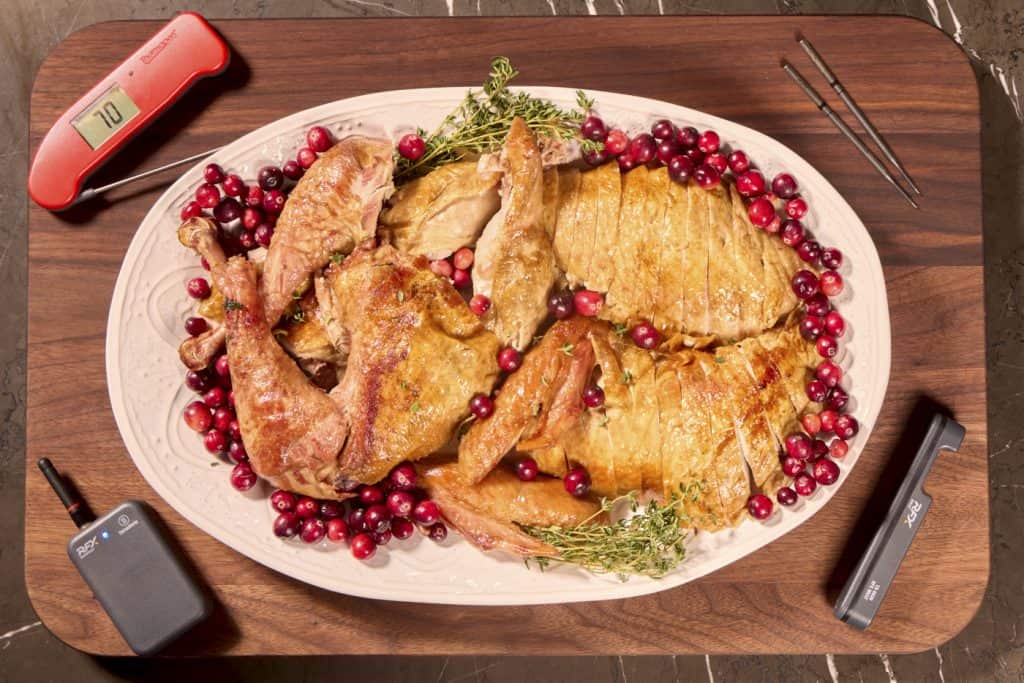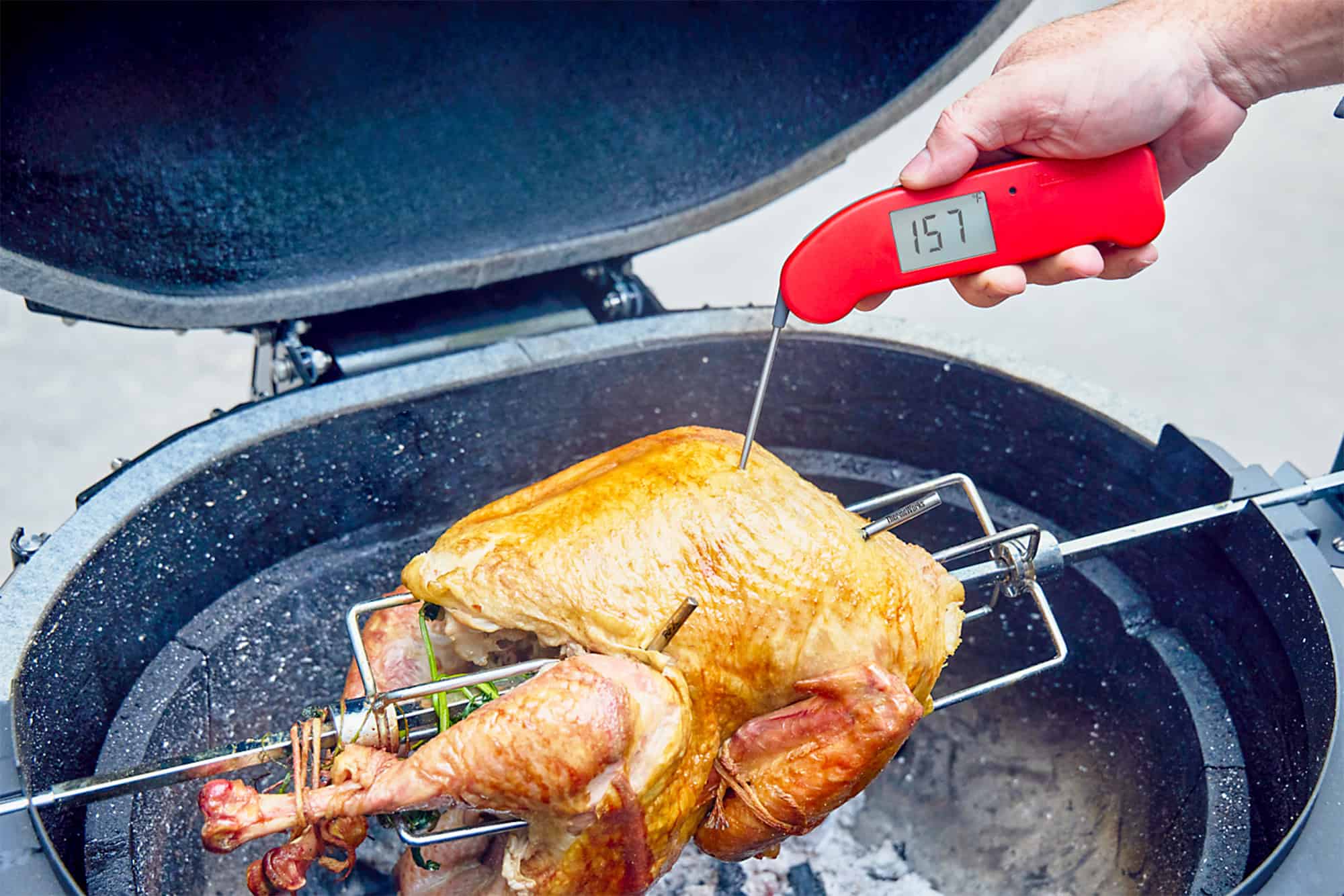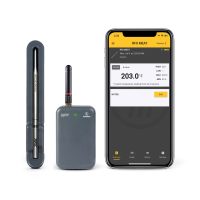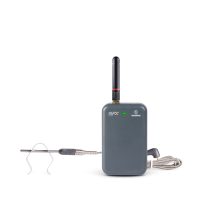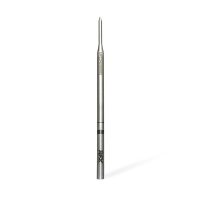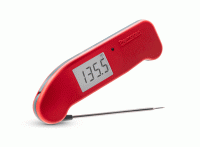Rotisserie Turkey for Thanksgiving: A How-to For Excellent Results
We cook a lot of turkeys here at ThermoWorks every year. To get all of our instructional videos, our blog posts, and our catalog and website images, we usually start cooking turkeys in mid-September and don’t usually stop until December. So over the years we’ve roasted more turkeys than most people cook in a lifetime. We’ve smoked dozens of turkeys. We’ve deep-fried a fair few. Heck, we’ve even cooked them sous-vide in a temperature-controlled hot water bath. But until this year, we’d never cooked one on a rotisserie. With the release of RFX MEAT™, we were finally able to fill that gap!
Here, we’re going to walk you through the how (and the why) of rotisserie turkey, and I’m going to just jump ahead and say that this is a fun way to prepare your holiday bird. Let’s take a look.
Get the temperature tools used in this cook:
Why cook a turkey on a rotisserie?
The question “why” could easily be answered “why not”—you’re going to cook a turkey and if you cook it to temp and season it it will be pretty tasty. But that is reductive and not helpful. There are reasons to do it for sure. For instance, a rotisserie turkey bastes itself in the most gorgeous way. The skin gets all-over crisp in a way a “standard” roast turkey does not. There is also the link with rotisserie chickens that have taken over our kitchens, with thousands of ways to use them.
And, of course, it’s fun! Watching the bird spin when you open the grill, going outside to tend to it in the crisp, autumn air—it’s all a good time. And the flavor you get from cooking the turkey over hot coals—albeit gently—is just delicious.
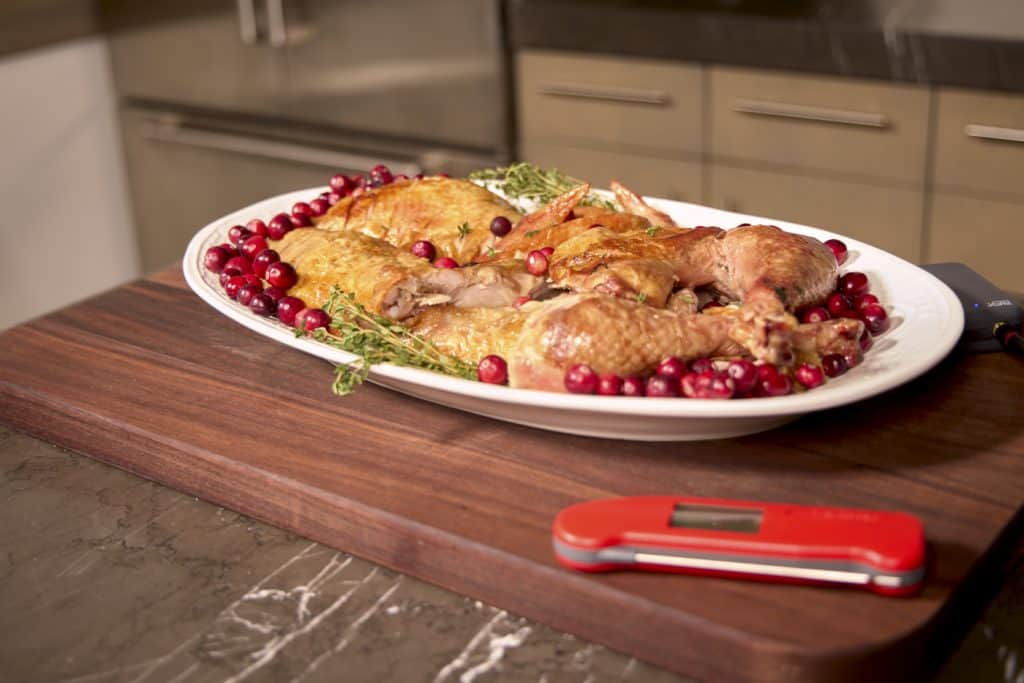
Temperature difficulties and solutions of a rotisserie turkey
The same difficulties arise in cooking a turkey on the rotisserie as do in every turkey cook: white meat and dark meat are best when cooked to different temperatures. In some ways, we expose more of the thighs to heat in a rotisserie than we do in a roasting pan, but we don’t eliminate heat from the breasts.
the best thing to do is what we recommend for any roasted turkey: ice the breasts while the turkey sits on the counter for couple of hours so that the dark meat can rise in temperature while the breasts stay cold. Then, when you put the turkey in the rotisserie, the thighs are already warmer and will cook to a higher temperature by the time the breasts get to their pull temp.
But the ice trick can only go so far! A larger bird will experience more thermal gradients, even with a pre-cooling stage. So we don’t recommend rotisserie-ing a bird over 15-ish pounds. Keep the pterodactyls out of the rotisserie!
How to rotisserie your turkey
Cooking turkey on a rotisserie starts with proper thawing—you never want to cook a partially-thawed bird. See our instructions for thawing a turkey, then proceed. Also, for the crispest skin, you should dry-brine the bird.
But once you complete the preliminaries, it’s time to cook. We cooked our turkey in a kamado-style grill with a rotisserie attachment, with a coal bed of lump charcoal, our dampers shut down fairly far. If you have a gas grill with a rotisserie, set it up to cook at a medium heat, not a high sear. We want the inside of our cooking chamber to be between 300 and 375°F (149 and 191°C).
Season the turkey how you like and put a few aromatics in the cavity, which will also self-baste during the cook, moving those flavors around even better. Insert the spit through the cavity of the bird and tie the legs to the bar. Use the included rotisserie forks to hold the bird in place. Make sure they are inserted deeply into the flesh of the turkey; this much odd-shaped weight will try to wriggle the bird free as it spins.
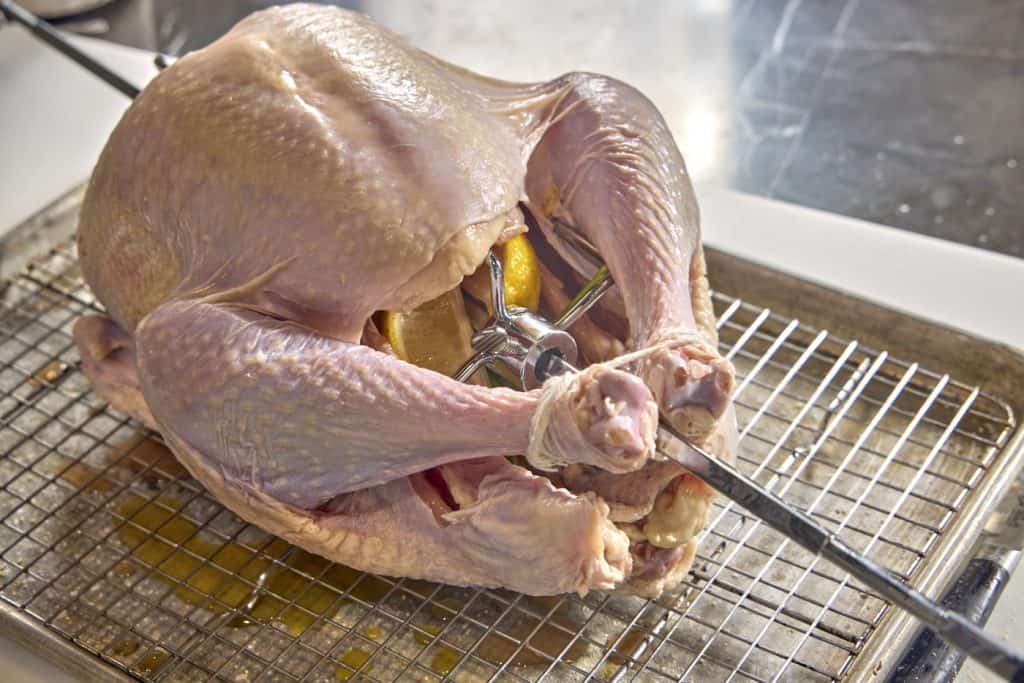
Insert either one RFX MEAT into the thermal center of the breast, or one in the breast and one in the thigh. Make sure it’s connected to your RFX GATEWAY and you’re good to go. Wireless probes are essential for rotisserie cooking! We want to keep the lid closed and the heat in the cooker as much as possible, so opening the lid often to check the temperature just won’t fly. And wired probes just … well, they obviously won’t work here!
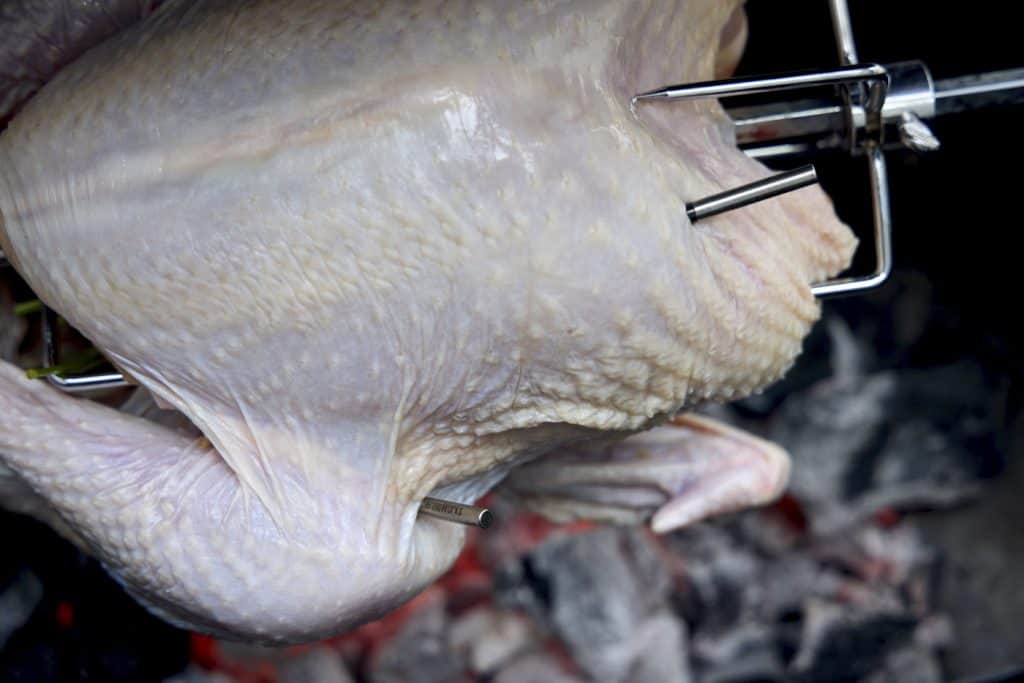
Rotisserie turkey doneness temps
Set the high-temp alarm on the RFX MEAT probe in the breast to 157°F (69°C). If using a second probe in the thighs, we have more wiggle room—anything over 175°F (79°C) is good. Either way, set the bird spinning and monitor the cook from your phone.
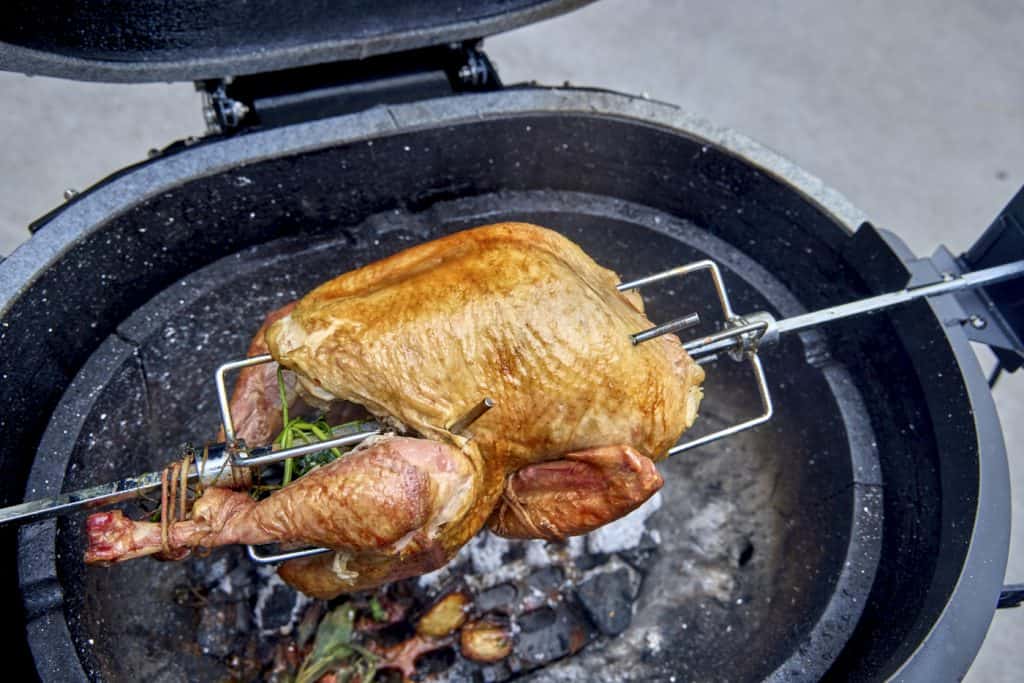
When the high-temp alarm sounds (after about 2–2.5 hours depending on size and starting conditions), verify that you have no lower temperatures in your breast meat by probing it in one or two places with your Thermapen ONE. If you’ve achieved your target pull temp, remove the bird from the rotisserie and let it rest for 10–15 minutes to complete its carryover cooking.
Carve it up and serve it!
Carve and serve this bird as you would any other, but with loads of delicious sides that you had time to bake in an oven that was freed up by the rotisserie! Using RFX MEAT, RFX GATEWAY and Thermapen ONE to perfect this cook will get you a bird you’re sure to be pleased with for your feast, and it’s fun to do—even more fun than a regular turkey cook! And because you used the right temperature tools, you know that when your guests compliment your turkey, they’ll really mean it. Happy cooking!
